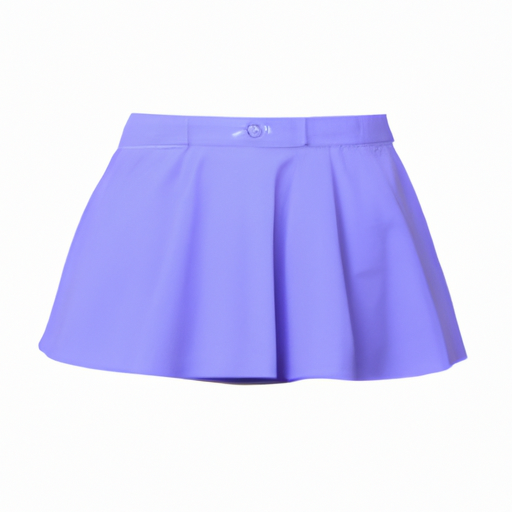The Mini Skirt: A Revolution in Fashion and Culture
In the landscape of fashion, there are certain garments that redefine norms, challenge conventions, and leave an indelible mark on culture. The mini skirt, with its daringly short hemline and bold spirit, stands as one such icon. This article delves into the intriguing history, social impact, and enduring allure of the mini skirt, tracing its journey from a fashion novelty to a symbol of liberation and self-expression.

The Bold Beginning: Genesis of the Mini Skirt
The 1960s, a decade synonymous with societal upheaval and cultural transformation, saw the birth of the mini skirt. Designed by British fashion designer Mary Quant, the mini skirt burst onto the scene in 1964, reflecting the spirit of rebellion and freedom that defined the era. Quant’s creation, characterized by its hemline that hovered several inches above the knee, challenged conventional notions of modesty and femininity.
Quant’s inspiration for the mini skirt was rooted in the desire to break away from the constraints of post-war conservatism. The mini skirt was a visual departure from the longer hemlines that had dominated women’s fashion for decades. Its arrival marked a seismic shift in clothing aesthetics, mirroring the changing roles and aspirations of women in society.
Cultural Impact and Societal Revolution
The mini skirt quickly became a symbol of liberation and empowerment. In an era marked by the civil rights movement, the sexual revolution, and growing feminist sentiments, the mini skirt became an emblem of defiance against social norms. Women embraced this daring garment as a means of reclaiming their bodies and expressing their individuality.
The widespread adoption of the mini skirt sparked both admiration and controversy. It became a statement of self-assuredness and modernity, but it also faced backlash from those who deemed it provocative or inappropriate. The debate over the mini skirt underscored its power to challenge deeply ingrained perceptions of femininity, sparking important discussions about agency and choice.

Mini Skirt Goes Mainstream: Fashion and Media Influence
The popularity of the mini skirt reached new heights as it found its way into popular culture. Iconic figures like supermodel Twiggy and actress Audrey Hepburn embraced the trend, catapulting the mini skirt into the realm of high fashion and international recognition. Films like “Clueless” and television shows like “Charlie’s Angels” further cemented its status as a symbol of youthfulness and modernity.
The media played a crucial role in shaping the narrative around the mini skirt. Magazine covers, advertisements, and fashion spreads celebrated the garment, promoting it as a must-have item. However, the media’s portrayal of the mini skirt also revealed society’s complex attitudes towards women’s autonomy and sexuality.
Evolutions and Adaptations: Mini Skirt in Modern Times
As fashion cycles continue to evolve, the mini skirt has remained a versatile canvas for designers’ creativity. Its hemline has fluctuated, with variations ranging from the ultra-short micro mini to the slightly more modest mid-thigh length. Fabrics, textures, and embellishments have also been incorporated, allowing the mini skirt to adapt to diverse styles and preferences.
The 21st century has seen the mini skirt being embraced as a statement of empowerment rather than just a symbol of rebellion. It is no longer solely associated with youth culture but is appreciated by individuals of all ages. Celebrities, fashion influencers, and designers continue to find innovative ways to incorporate the mini skirt into contemporary wardrobes, celebrating its ability to simultaneously challenge conventions and offer a playful nod to the past.
Empowering Self-Expression: The Mini Skirt’s Legacy
The mini skirt’s legacy extends beyond fashion trends. It symbolizes the power of personal expression, the courage to challenge norms, and the resilience of women in shaping their destinies. The journey of the mini skirt reflects the ever-evolving nature of society and its relationship with clothing.
Conclusion
In the mini skirt’s journey from its daring inception in the 1960s to its current place as a timeless fashion staple is a testament to its enduring impact. Its story is intertwined with social change, cultural evolution, and the ongoing pursuit of individuality. As long as there are women who seek to express themselves boldly, the mini skirt will continue to thrive as a symbol of liberation and a testament to the transformative power of fashion.

1 thought on “Unveiling Liberation: The Mini Skirt’s Iconic Journey Through Fashion and Culture”